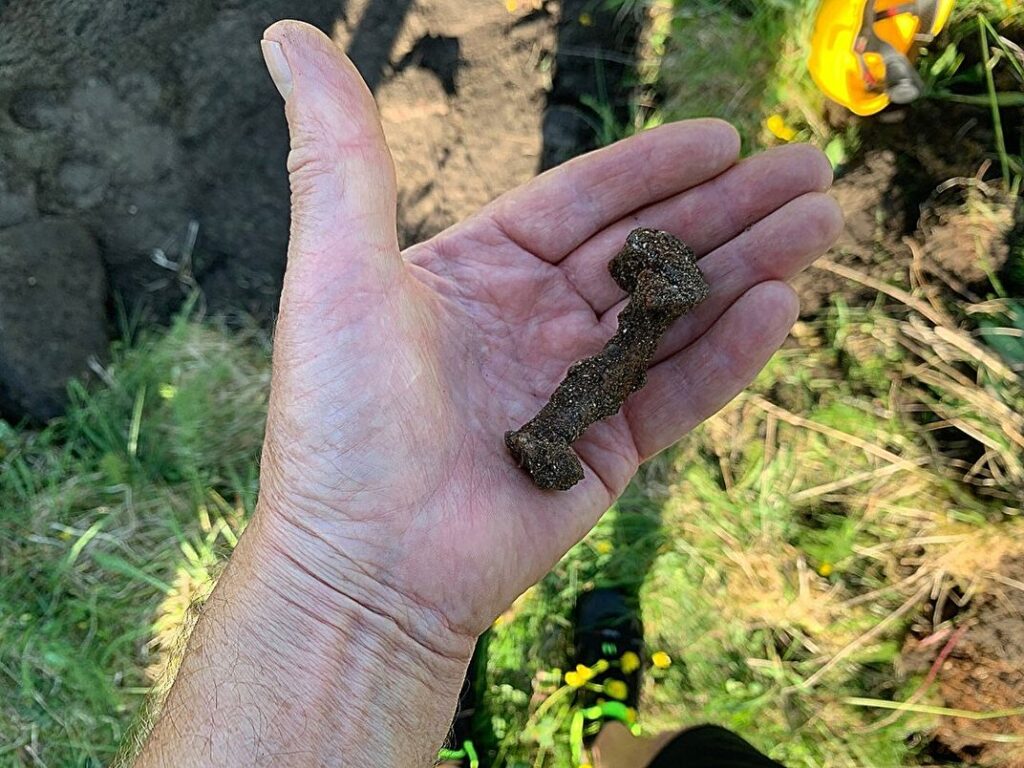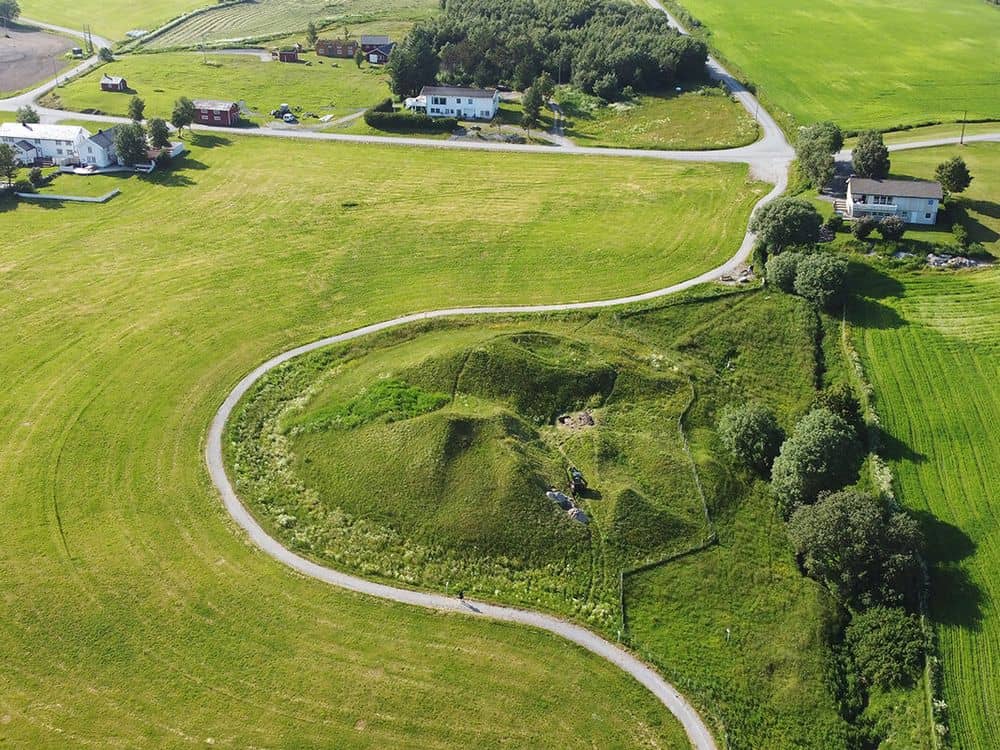Steeped in mythological legends and their glorious maritime tradition, the Vikings have always fascinated the world with their history. Today, one recent discovery archaeology in Scandinavia might force us to reconsider what we know about them. A ship mound, dating back to the pre-Viking Age, suggests that Viking burial practices and shipbuilding skills may have even older roots than we thought.
Rediscover the origins of the Vikings
The Vikings, known for being fearsome warriors and skilled navigators, had a profound impact on European history. Their presence, from Scandinavia to the Mediterranean coasts, has been documented through rich historical evidence. But it is their funerary art, particularly the naval mounds, that offer a unique perspective on their culture and beliefs.
These burial sites, reserved for high-ranking individuals, reflect not only the social status of the very wealthy, but also the Viking vision of the afterlife, with mythical journeys to places like Valhalla. In this case, the burial mound (you see it in the photo) is called Herlaugshaugen and is located on the Norwegian coast, in a community called Leka.

An ancient mound that defies known history
The discovery of the ship barrow in Scandinavia, dating back to 700 AD, heralds a significant turning point in the understanding of Viking history. This period, known as the Merovingian era, precedes the start of the Viking Age by centuries. Geir Grønnesby, an archaeologist at the Norwegian University of Science and Technology, highlights the importance of this dating. An element that significantly brings back the tradition of naval mounds.
In other words: the Vikings' naval capabilities may have been developed much earlier than previously thought. The existence of a large ship, used for the mound, implies that the Vikings built and used such ships well before the official start of their era.
Between trade and riches
Grønnesby hypothesizes that the wealth needed to build such monumental naval mounds came not primarily from agriculture, but from trade, perhaps even over long distances. This theory is supported by the status and wealth demonstrated by the mounds, comparable to the better-known funerary monuments of other ancient cultures.
Despite its historical fame and previous explorations in the 18th century, many of the objects found in the Herlaugshaugen mound, including a skeleton with a sword, have been lost over time. This loss makes a detailed reconstruction of the mound, which represents an invaluable treasure for Viking and Norse history, difficult.
This mound, however, has similarities with the famous one Sutton Hoo Naval Mound in England, also dated to the Merovingian period. These analogies open new debates and studies on the cultural and ritual connections between these different regions in that historical period.
Vikings, towards a new understanding
The discovery of the ship mound in Scandinavia is not only an archaeological revelation, but also an invitation to review and expand our knowledge of the Vikings. It opens up new questions and research possibilities that could lead to a deeper understanding of their history, their traditions and the impact they had on the ancient world.
I hope that the results of this work will inspire future generations of scholars to further investigate the roots of this fascinating civilization and its influences on European history.


